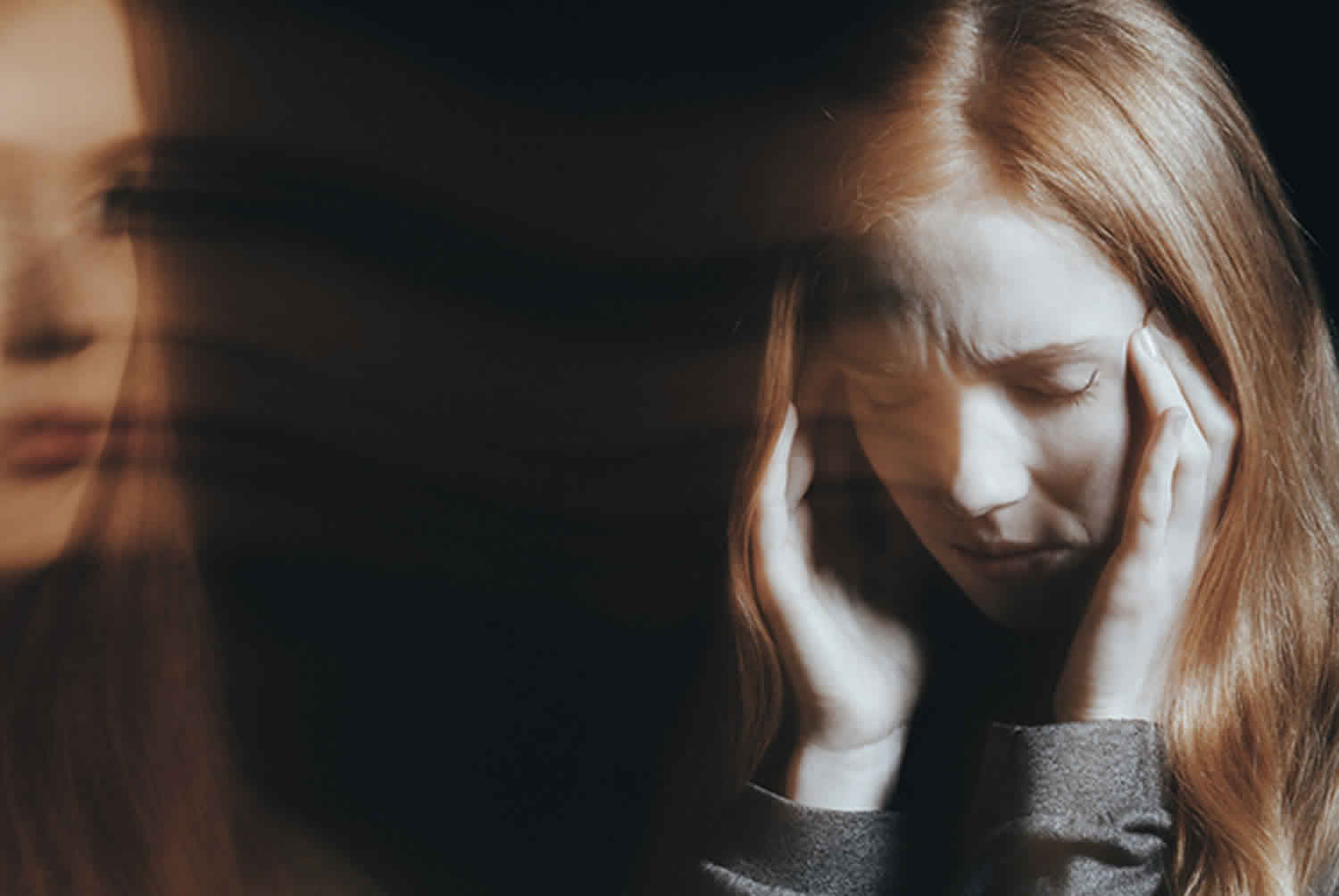

They can happen if you have migraines, a high temperature or just as you wake up or fall asleep. Sometimes hallucinations can be temporary. a change or loss of vision, such as Charles Bonnet syndrome.

Schizophrenic hallucinations are mainly auditory verbal 2, 3.However, notable exceptions include early-onset forms in which visual and multisensory hallucinations are more frequent.
Visual and auditory hallucinations skin#
feel touch or movement in your body that is not real like bugs are crawling on your skin or your internal organs are moving around.see things that are not there like objects, shapes, people or lights.Children most commonly hear voices saying something critical or complimentary or a running commentary of someone’s actions. Hallucinations in PD are commonly neutral and. Auditory hallucinations cause children to hear non-existent sounds such as hissing or whistling. hear sounds or voices that nobody else hears Although visual hallucinations are frequent, auditory, olfactory and tactile hallucinations are also reported.Get medical help if you or someone else have hallucinations. (f) certain symptoms, for which supplementary information is provided, that represent important problems in medical care in their own right.Hallucinations are where you hear, see, smell, taste or feel things that appear to be real but only exist in your mind.Familiarity with the disorders associated with visual. They can be very disconcerting to some patients, regardless of their insight, and can significantly decrease quality of life 1. (e) cases in which a more precise diagnosis was not available for any other reason Visual hallucinations are a clinical manifestation of neuroophthalmologic dysfunction resulting from a wide variety of underlying etiologies.(d) cases referred elsewhere for investigation or treatment before the diagnosis was made.(c) provisional diagnosis in a patient who failed to return for further investigation or care.

(b) signs or symptoms existing at the time of initial encounter that proved to be transient and whose causes could not be determined.(a) cases for which no more specific diagnosis can be made even after all the facts bearing on the case have been investigated.The conditions and signs or symptoms included in categories R00- R94 consist of:.8, are generally provided for other relevant symptoms that cannot be allocated elsewhere in the classification. A common form of auditory hallucination involves hearing one or more. While experiencing an auditory hallucination, the affected person would hear a sound or sounds which did not come from the natural environment. The Alphabetical Index should be consulted to determine which symptoms and signs are to be allocated here and which to other chapters. An auditory hallucination, or paracusia, 1 is a form of hallucination that involves perceiving sounds without auditory stimulus. Practically all categories in the chapter could be designated 'not otherwise specified', 'unknown etiology' or 'transient'. A 56-year-old female was admitted to the psychiatric. In general, categories in this chapter include the less well-defined conditions and symptoms that, without the necessary study of the case to establish a final diagnosis, point perhaps equally to two or more diseases or to two or more systems of the body. Although unusual, the presenting feature may include psychosis with auditory and/or visual hallucinations. Signs and symptoms that point rather definitely to a given diagnosis have been assigned to a category in other chapters of the classification.This chapter includes symptoms, signs, abnormal results of clinical or other investigative procedures, and ill-defined conditions regarding which no diagnosis classifiable elsewhere is recorded.


 0 kommentar(er)
0 kommentar(er)
